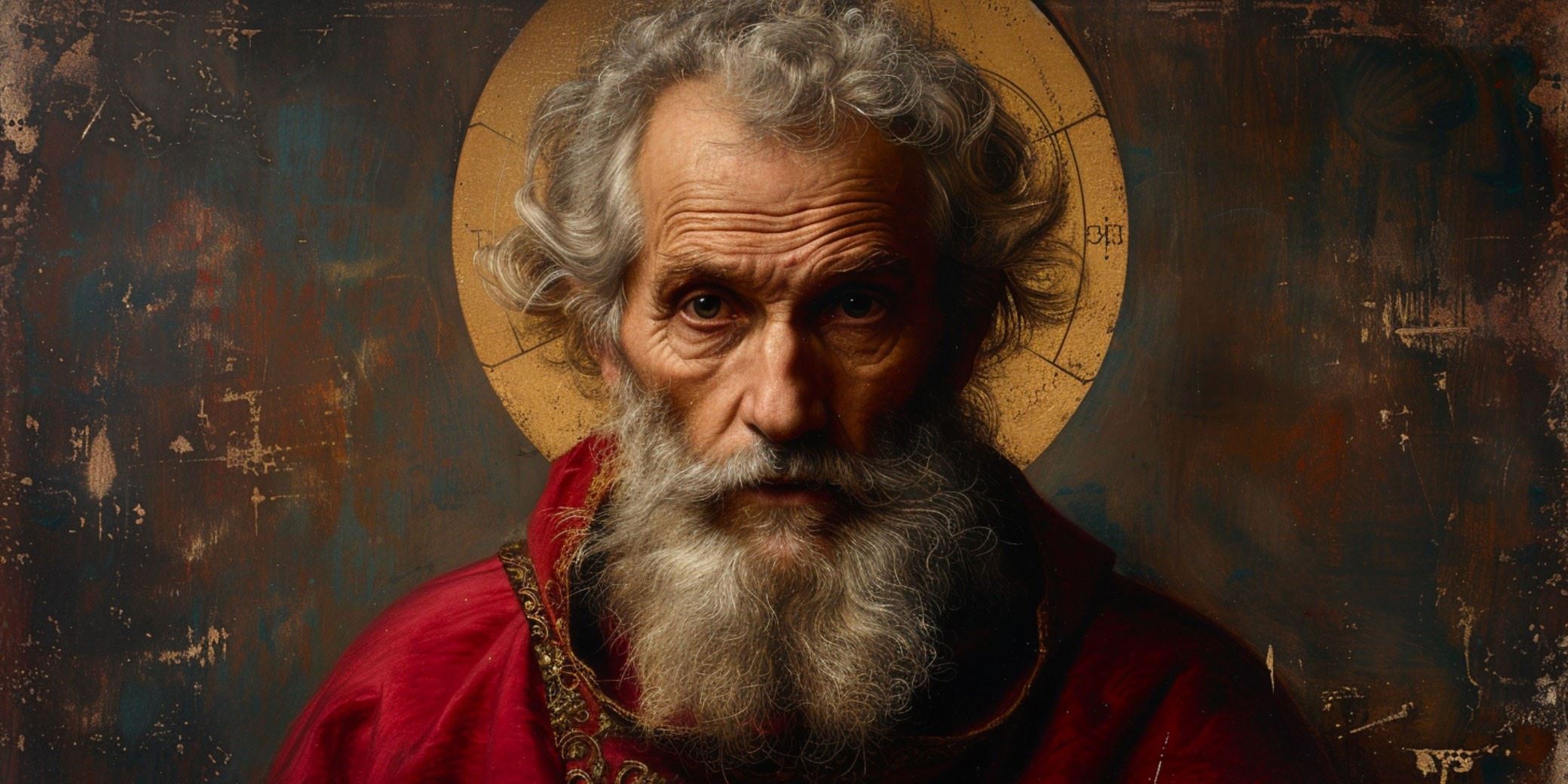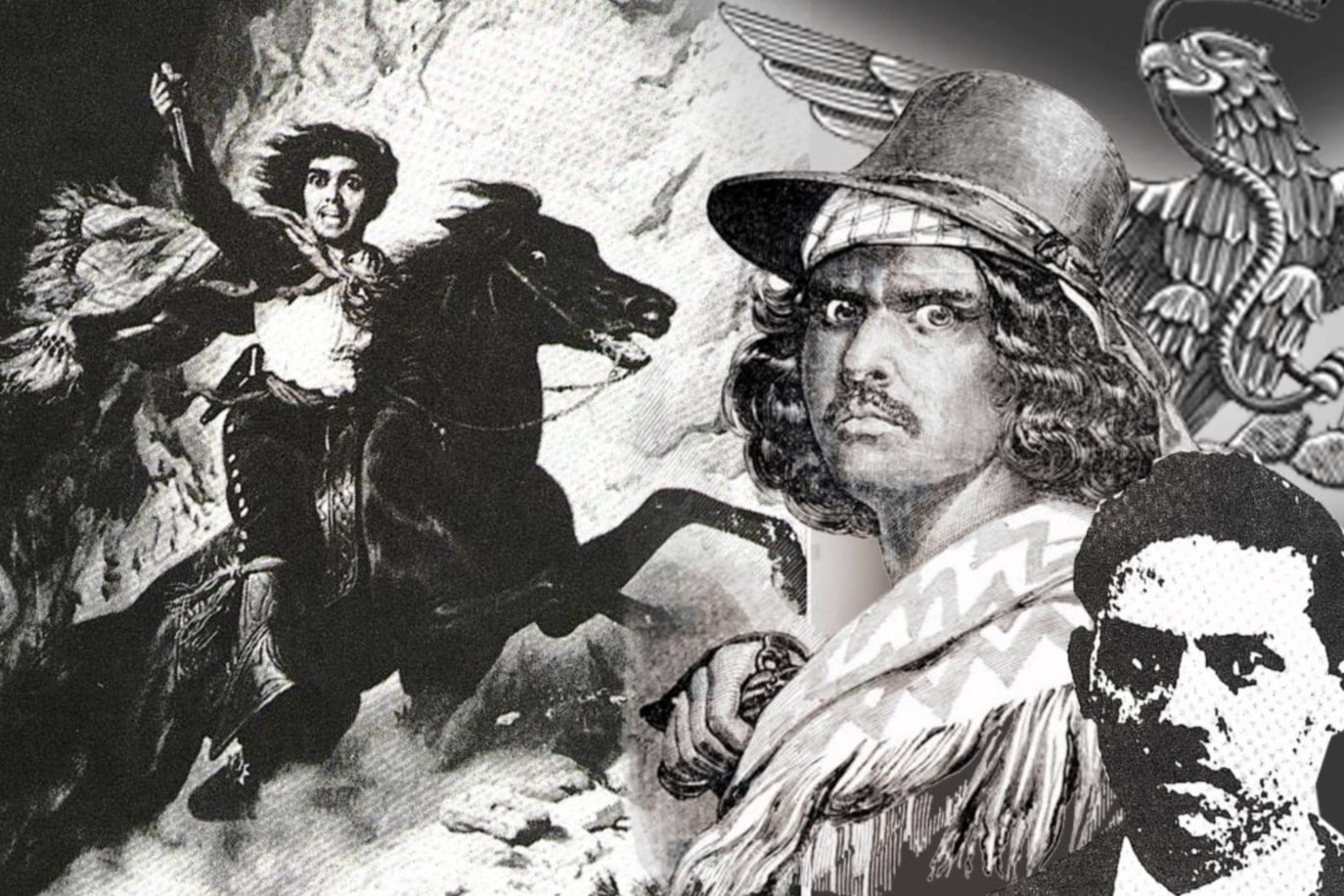
Valentine's Day, a celebration of love and affection, has a rich history that goes beyond the exchange of cards and chocolates. St. Valentine, the figure at the heart of this holiday, is shrouded in mystery and intrigue, with facts about his life sparking curiosity. From his identity as a Roman priest to his defiance against Emperor Claudius II, St. Valentine's story is a testament to the power of love overcoming adversity. This post will unveil 15 captivating facts about St. Valentine, shedding light on the origins of Valentine's Day, the legends surrounding St. Valentine, and how his legacy continues to influence the way we celebrate love today. Perfect for history buffs and romantics alike, these insights promise to enrich your understanding of this beloved holiday.
Key Takeaways:
- St. Valentine was a brave priest who defied an emperor's ban on marriages, and his actions led to the celebration of love on February 14th.
- St. Valentine's Day has evolved from honoring a saint to a global celebration of love, with symbols like hearts, Cupid, and the tradition of exchanging valentines.
Who Was St. Valentine?
St. Valentine is a name that sparks curiosity and romance. But who was this mysterious figure? Let's dive into some intriguing facts about St. Valentine.
-
St. Valentine was a priest in Rome during the third century.
-
Emperor Claudius II banned marriages because he believed single men made better soldiers. Valentine defied this order and continued to perform marriages in secret.
-
Valentine was arrested for his defiance and eventually executed on February 14th, around 270 AD.
Legends Surrounding St. Valentine
Many stories and legends surround St. Valentine, adding to his mystique. Here are some fascinating tales.
-
One legend suggests Valentine healed the blind daughter of his jailer, Asterius. Before his execution, he wrote her a letter signed "Your Valentine."
-
Another story claims Valentine wore a purple amethyst ring with an image of Cupid, a symbol of love. Roman soldiers recognized the ring and asked him to perform marriages.
-
Some believe Valentine cut hearts from parchment to remind soldiers and persecuted Christians of their vows and God's love.
St. Valentine's Day Origins
The origins of St. Valentine's Day are as mysterious as the man himself. Here are some key points about how this day came to be.
-
The celebration of St. Valentine's Day began in the 5th century when Pope Gelasius I declared February 14th as St. Valentine's Day.
-
The day was initially meant to honor St. Valentine, but it gradually became associated with romantic love during the Middle Ages.
-
Geoffrey Chaucer, a famous English poet, linked St. Valentine's Day with romance in his poem "Parliament of Fowls," written in 1382.
Symbols and Traditions
St. Valentine's Day is rich with symbols and traditions. Let's explore some of the most popular ones.
-
The heart shape, now synonymous with love, became associated with St. Valentine's Day during the 14th and 15th centuries.
-
Cupid, the Roman god of love, is often depicted with a bow and arrow. His image became a popular symbol of Valentine's Day.
-
Exchanging love letters and cards, known as "valentines," started in the 18th century. The tradition continues today with millions of cards exchanged annually.
Modern Celebrations
St. Valentine's Day has evolved over the centuries. Here are some modern ways people celebrate this special day.
-
In the United States, Valentine's Day is a major commercial holiday, with people spending billions on gifts, flowers, and chocolates.
-
In Japan, women give chocolates to men on Valentine's Day. Men return the favor on March 14th, known as "White Day."
-
In Finland and Estonia, February 14th is celebrated as "Friend's Day," focusing on friendship rather than romantic love.
A Final Nod to Love's Patron
St. Valentine's story, shrouded in mystery and legend, has evolved into a global celebration of love and affection. From his alleged defiance of Emperor Claudius II to the miracle of restoring sight, Valentine's actions have cemented his status as the patron saint of lovers. Today, February 14th serves not just as a day for romantic gestures but as a reminder of the enduring power of love and the sacrifices made in its name. Whether through exchanging cards, gifts, or simply spending time with loved ones, Valentine's Day continues to be a special moment on our calendars. It's a day that transcends religion and culture, uniting people around the world in the celebration of love. So, as we revel in the spirit of Valentine's Day, let's remember the rich history and the man behind this day dedicated to love.
Frequently Asked Questions
Was this page helpful?
Our commitment to delivering trustworthy and engaging content is at the heart of what we do. Each fact on our site is contributed by real users like you, bringing a wealth of diverse insights and information. To ensure the highest standards of accuracy and reliability, our dedicated editors meticulously review each submission. This process guarantees that the facts we share are not only fascinating but also credible. Trust in our commitment to quality and authenticity as you explore and learn with us.


